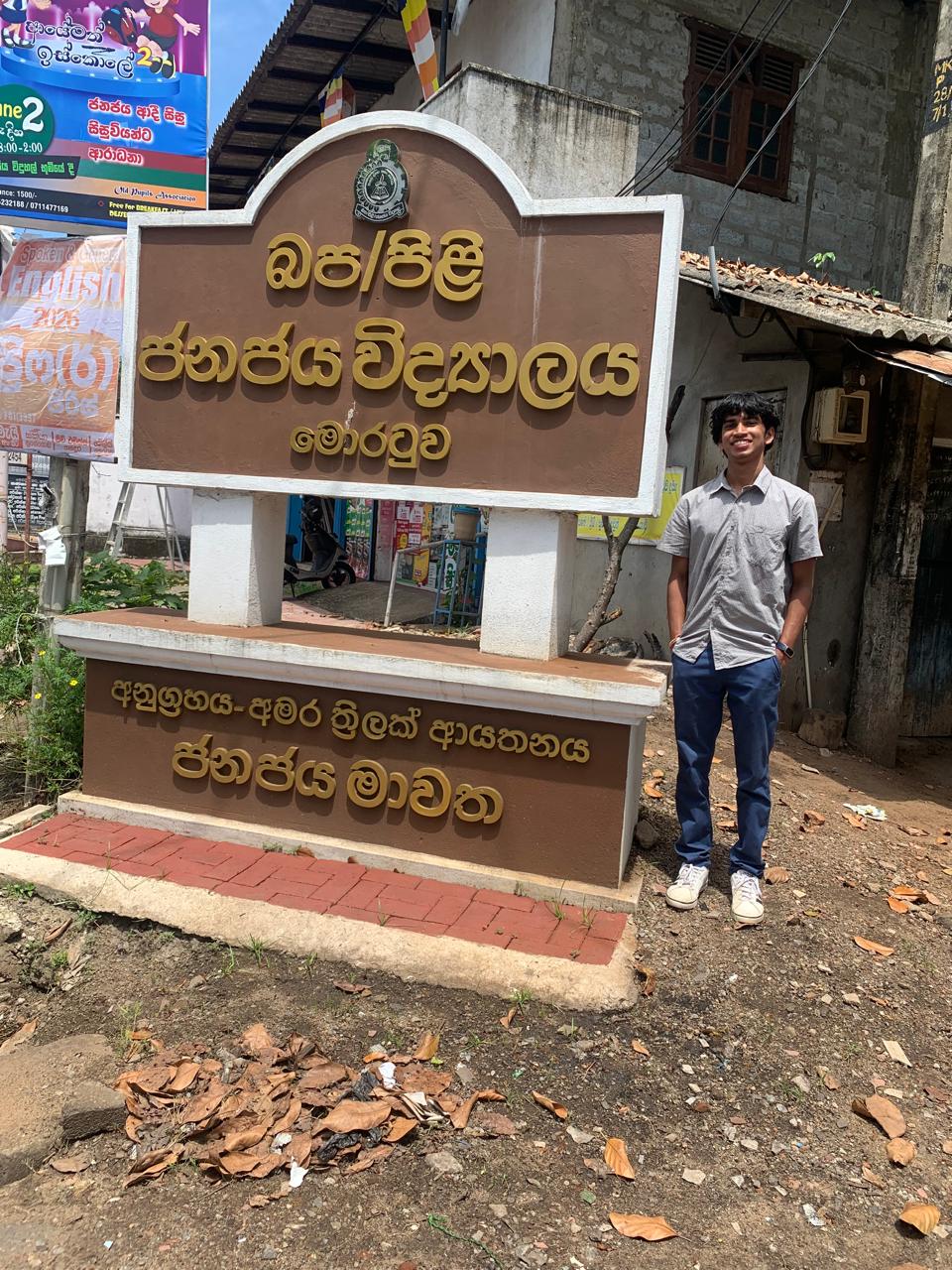FOREIGN DIRECT INVESTMENT OF SRI LANKA. WHERE ARE WE HEADING?
 Foreign Direct Investment or FDI for short is typically defined as an investment made by a company or an individual in a foreign country. It is usually in the form of either launching a business operation or buying commercial assets.
Foreign Direct Investment or FDI for short is typically defined as an investment made by a company or an individual in a foreign country. It is usually in the form of either launching a business operation or buying commercial assets.
By this definition, Sri Lanka has demonstrated to be an excellent destination for such investors over the recent past. It has been attracting investments in industries such as apparel, construction, tourism and real estate, creating thousands of jobs in the process.
According to the data portal IndexMundi, Sri Lanka managed to attract a net inflow of Foreign Direct Investment of just below USD 945 Million as of 2014, which was more than twice the total amount that was reported back in 2005. Within the second quarter of this year, it increased to USD 395 Million. Moreover, the Sri Lankan government expects FDI to quadruple within the next three years, rising up to USD 4 Billion by 2020.
While the outlook is good, Sri Lanka does face some challenges. The World Bank’s 2017 Doing Businessreport shows that the country is ranked at the 110th place, out of 190 countries from around the world. Apart from that, the government reported at the beginning of this year that the country’s FDI saw a record fall in 2016 to just USD 450 million, which was a 54% drop from the $970 million FDI that was recorded in 2015. When compared to emerging nations like Vietnam which saw an inflow of over six percent of gross domestic product (GDP), Sri Lanka has remained at two percent with $1.6 billion recorded in 2014 being the highest in recent times.
Nevertheless, the country is expected to improve its business environment for both local and foreign investors, by taking the country into the top 70 nations in the Ease of Doing Business Index by 2020.
With the impressive growth in the real estate industry, the government is planning to further fuel the growth of the Lankan economy through direct foreign investments. According to JLL, the prevailing policies towards foreign ownership of property will create an ideal platform to attract more investments to the commercial real estate segment. Moreover, the easing of cash restrictions, the elimination of VAT on real estate transactions and proposed mortgage law reform has increased the purchase inquiries from foreign investors, for real estate projects. The country’s strategic location acts as a magnet for foreign investments. However, the country has not been able to effectively leverage the opportunities yet.
Expectations
However, the record low FDI that Sri Lanka saw in 2016, is expected to recover by the beginning of 2018.The Prime Minister proclaimed that 2017 would be the year of FDI with the potential to attract at least USD 2.5 Billion worth of investments.
Furthermore, a report released by the global information provider, IHS (Information Handling Services),has mentioned that Sri Lanka is now ranked among the top 10 foreign direct investment (FDI) hotspots in the Asia Pacific region, alongside countries such as India, Vietnam, the Philippines, Thailand, China, Myanmar, Indonesia, and Bangladesh.
The trend should continue for the next decade, as Sri Lanka will participate in China’s One Belt One Road Initiative.






